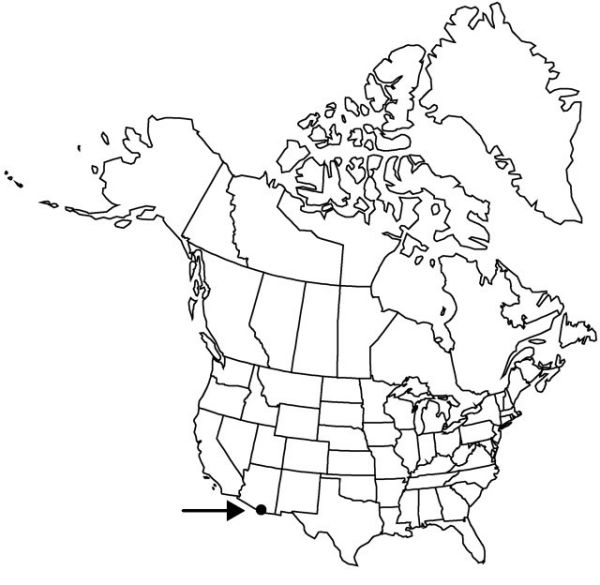Agave americana var. expansa
Agave Fam. Sonora, 80. 1972.
Plants short-stemmed; rosettes dense. Leaves erect, 120–150 × 18–24 cm; blade glaucous-gray to green, typically cross-zoned; margins nearly straight to crenate, teeth 5–8 mm; apical spine conical, 2–3 cm. Scape 7–9 m. Inflorescences: lateral branches 20–30. Flowers 7–8.5 cm; perianth tube 13–14 mm; ovary 3.5–4 cm. Capsules not seen. Seeds unknown. 2n = 120.
Phenology: Flowering late spring–early summer.
Habitat: Sandy places in desert scrub and grasslands
Elevation: 500–1300 m
Distribution

Ariz., w Mexico.
Discussion
The wild expression of Agave americana var. expansa is technically a variant of subsp. americana. A cultivar derived from var. expansa was introduced into western Europe, where it was first named. That cultivar is planted occasionally in the warmer regions of the United States; it is not naturalized. The var. expansa has never been found in fruit, but it is likely that it itself is an early cultivar developed by pre-Columbian people who established it far to the west of the species range in eastern Mexico. Reproduction in var. expansa is strictly vegetative.
Selected References
None.